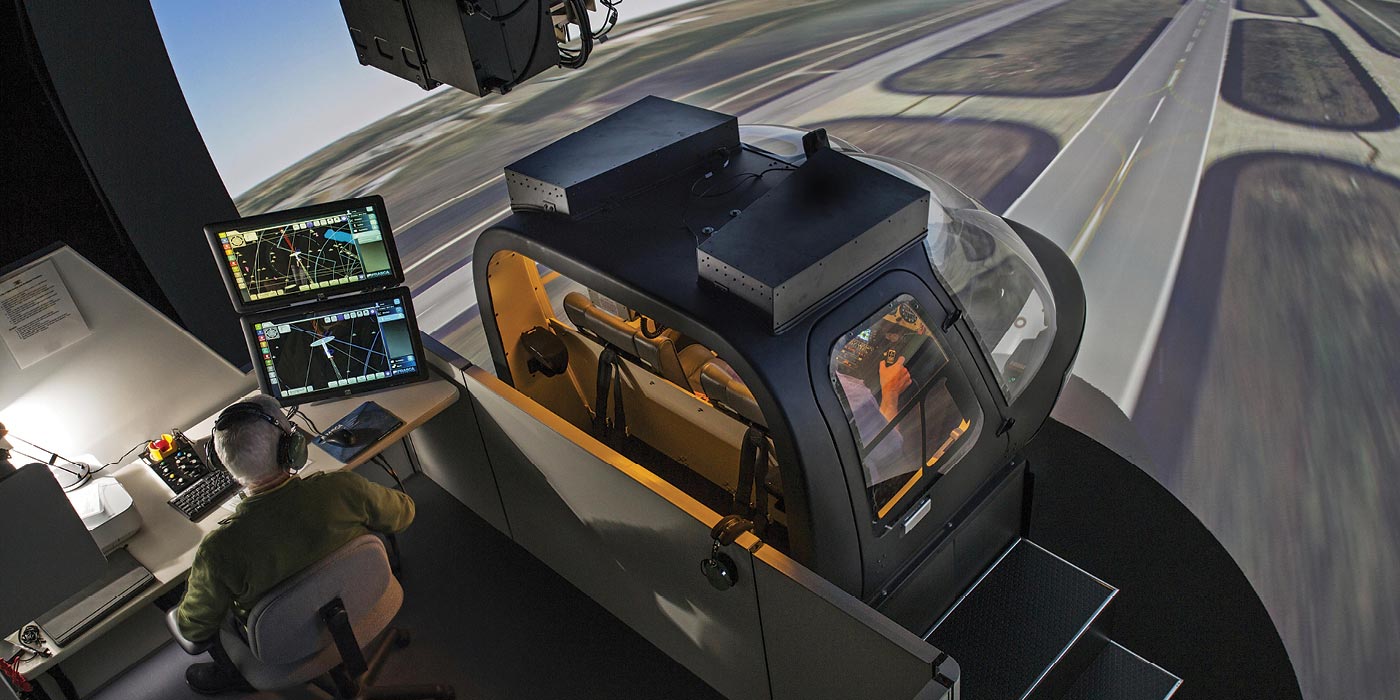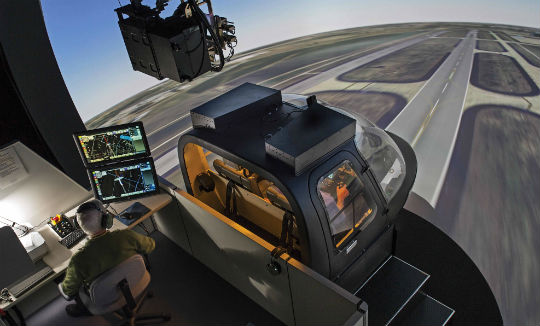
Expectations are a funny thing. Sometimes it’s nice to not have any when going into a situation, as high expectations can often be a formula for a let-down. However, if high expectations are met or exceeded, then it can return a sense of pure joy and accomplishment. It was clearly the latter for me when I had the opportunity to visit the new Bell Helicopter Training Academy (BTA) in Fort Worth, Texas, earlier this year.
Pulling into the BTA parking lot on a Monday morning for a two-day Bell 407 recurrent course, my expectations were quite high. After all, anybody with just a little bit of time in the helicopter industry has heard of the legendary training offered by the BTA. Among other things, the BTA is synonymous with full-touchdown autorotations. But for this writer — and the roughly 4,000 pilots and maintainers who pass through the BTA doors annually — it goes much deeper. And that’s first-hand experience.
Recently relocated to old familiar grounds at the Bell Helicopter factory headquarters, the beautiful new BTA building actually sits on — and includes — some of the structural components of the old academy that was previously there. But that’s where the similarity ends. Attached to the main building is a new structure built to house a brand new simulator center.
In fact, simulators were one of the primary factors prompting the move back to Fort Worth. “We needed more space for the full flight simulators [FFS] such as the new 407GX in place now, as well as the 525 FFS that will sit next to it,” explained Ray Lamas, general manager of global customer training. “Reconsolidation and curbing lease costs were also key elements of the decision to move back to the headquarters.”
The first order of business upon entering the expansive lobby area is to receive one’s ID badge, then proceed to the adjacent cafeteria where academy staffers are there to greet you, answer any questions, and direct you to your respective classroom.
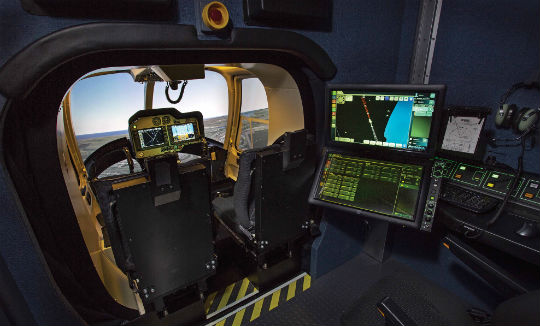
Clearly, Bell’s aim for this latest BTA is for it to have the feel of a marquee facility — and justifiably so. After all, the BTA is the front line customer service arm of the company, and the place where the majority of Bell’s customers spend the most time while at the factory. And although there were 102 students (along with 35 flight instructors and 16 technical instructors) at the academy while I was training, it felt like there were 10. It was that quiet and intimate.
Besides the myriad of classrooms in each of the halls, I also visited the individual rooms for housing fixed-base flight training devices (FTDs), all with motion visuals, of which Bell has two for the 429, one analog 407, a 206, and another room waiting for the 505 FTD.
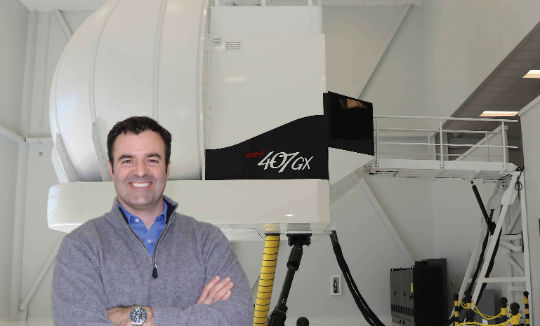
Following the tour, we got busy right away on the ground training for the first two hours, followed by a one-hour pilot safety briefing in another room. This session is primarily aimed at new attendees, but the information provided by BTA’s Harry Vergis held value for everybody. Besides covering the general safety “rules of the road” while at the BTA, topics such as human factors, certified flight instructor (CFI) and student duties, and academy crew resource management were also discussed.
If there is one thing that remained a constant during my visit to the BTA, it was that things change. I honestly don’t know how the instructors and schedulers do it with such calm and apparent ease. Following my safety briefing, Otteson told me he’d be taking out another 407 student from the class for a flight period and that our ground school would resume after lunch.
However, that didn’t mean down time for me. Rather, my session in the 407 FTD was moved up to coincide with Otteson being busy. The 407 FTD is one of the more “seasoned” units in the facility. However, its effectiveness shouldn’t be underestimated; it’s an excellent procedures trainer, and, except for being a little skittish on take-off and landing, it actually flew pretty nicely.
Of most value to me (because my 407 flying was very sporadic) was that it got me back into the swing of things. BTA instructor Nells Enberg guided me through all of the possible starting scenarios, such as FADEC failure procedures, as well as many other tasks. I walked out of that session feeling ready for when I would climb into the actual aircraft. But before I could do that, I enjoyed the daily catered lunch that is the norm at the BTA, followed by a couple more hours of 407 ground training.
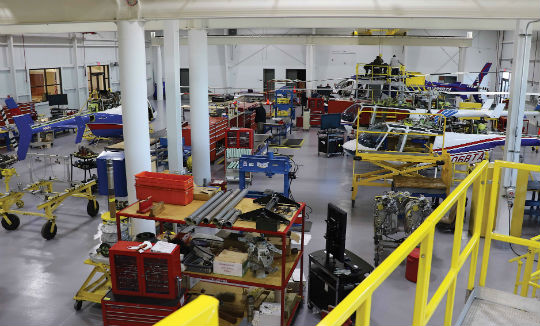
Although not the case (yet) for the 407 class, the BTA is incorporating 3D engineering drawings into technician and pilot ground school training materials and multimedia presentations. Bell 429 students are benefitting from this now, and the 505 and 525 programs are next on the list. I sampled some of the 429 graphics, and they were quite impressive.
But we all know that while modern graphics are a nice enhancement, if the instructor isn’t up to the task, then they aren’t worth very much. Otteson was one of the newer instructors at the BTA, but you’d never know it. His presentation was as strong as CFIs I’ve had with decades of type-specific experience. During an informal chat, Otteson described the extensive training process that new CFIs go through at the BTA — we’re talking many months of ground training and practice, as well as in excess of 40 hours in the aircraft, before being cut loose. And even then, the entry into teaching service is soft at first.
“You really have to know your subject material because you want to put on as good of a class or flight period as you can,” said Otteson. “Also, due to the fact that some of these recurrent students have many thousands of hours in the 407 and know their stuff, I have to be on my best game — [there is] no faking it here.”
Putting theory into practice
After a couple of hours of class time that seemed to go by in minutes, it was time for my flight training period of the day. In the “good ol’ days” of the Fort Worth-located BTA, all you had to do was stroll out to the back of the academy to the flight department and access the ramp to your helicopter for the period. Not so now.
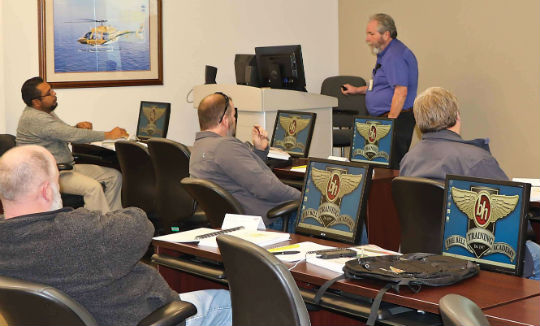
Getting to this practice area involves many twists and turns, mainly for “fly neighborly” purposes. “Aim towards those red barrels and keep the tree line to your right — that’s a noise sensitive area right there,” said Cook. The flight instructors do all of the social work — radios, navigation, altitude assignments — and the student is basically a human autopilot.

I enjoyed watching Cook fly his demonstrations with the ease of a magician — flying that 407 as if it were by thought only. And the demos reinforced the techniques I’d use to properly maintain attitude, buy some extra hang time, and pitch and turn early to get established for the final segment to touchdown.
One issue was that the surfaces at the practice area had just received a new sealant, which resulted in the undesired effect of being as slick as an ice rink. Even with the best of technique, we would slide like a well iced puck on the touchdown autos. I don’t see that condition lasting too much longer. The BTA is experimenting with some new sealants.
Ready for finals
The next day began with my second — and final — aircraft period. With winds up to 16 knots and directly across the practice area slick runway, Cook decided to go to nearby Meacham Field. Our “runway” was actually a taxiway, and after some warm-up maneuvers, it was back to full-down autos. This time, the tolerances were much tighter. We would be touching down at two different predetermined spots barely larger than the area of the 407 rotor disk.
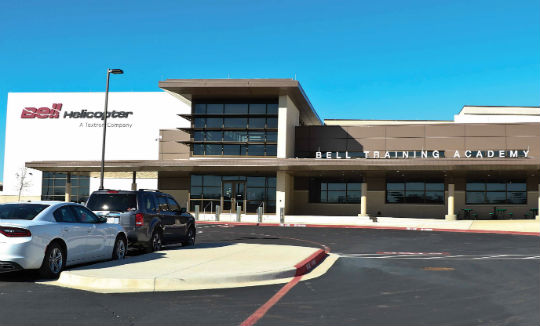
For me personally, it felt like the BTA I always knew, albeit with new clothes. And I say that as a good thing. But it also highlights one of the biggest challenges for the BTA going forward. “We have to make sure we are prepared for future market support while we continue to support our past customers,” explained Lamas. “The international market is now 70 percent of Bell sales and we have to be much more focused on international certifications and EASA standards for training.”
Indeed. Last summer the BTA received its Federal Aviation Regulation (FAR) part 142 certification, which is the precursor for its 525 Relentless training program. To meet these requirements, the BTA had to meet much more robust technical training requirements in addition to pilot training. “We are also looking at international training partners to help ease our customer’s travel demands,” said Lamas. “We have nothing formal yet but we are establishing the business details and vetting some operations. But the training will be standardized, provided by BTA instructors, and will undergo regular auditing.”
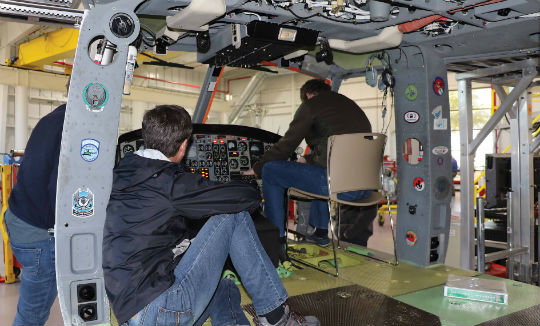
The Bell Training Academy has undergone many changes — mostly technological — over its 70-year history and full circle return to Fort Worth. But one thing that hasn’t changed in my well over 20 years of BTA experience is the family atmosphere the organization exudes. Clearly, the BTA has to hold itself to the highest of training standards. That’s its reputation. But it is flexible enough to accommodate each individual student and their particular situation. Everybody is working together towards a successful training experience.
This business model that keeps the customer in the forefront means the BTA will be graduating safer pilots, more skilled maintainers, and therefore yielding very happy owners for decades to come — no matter where they are located.





